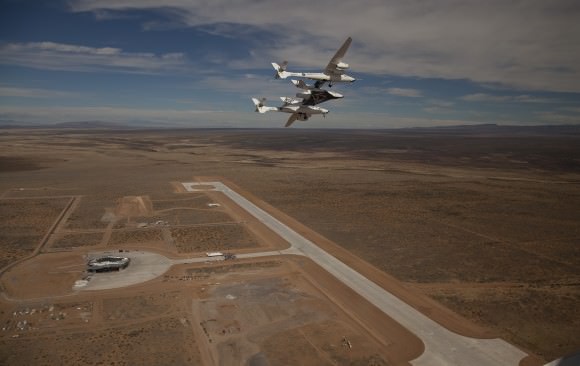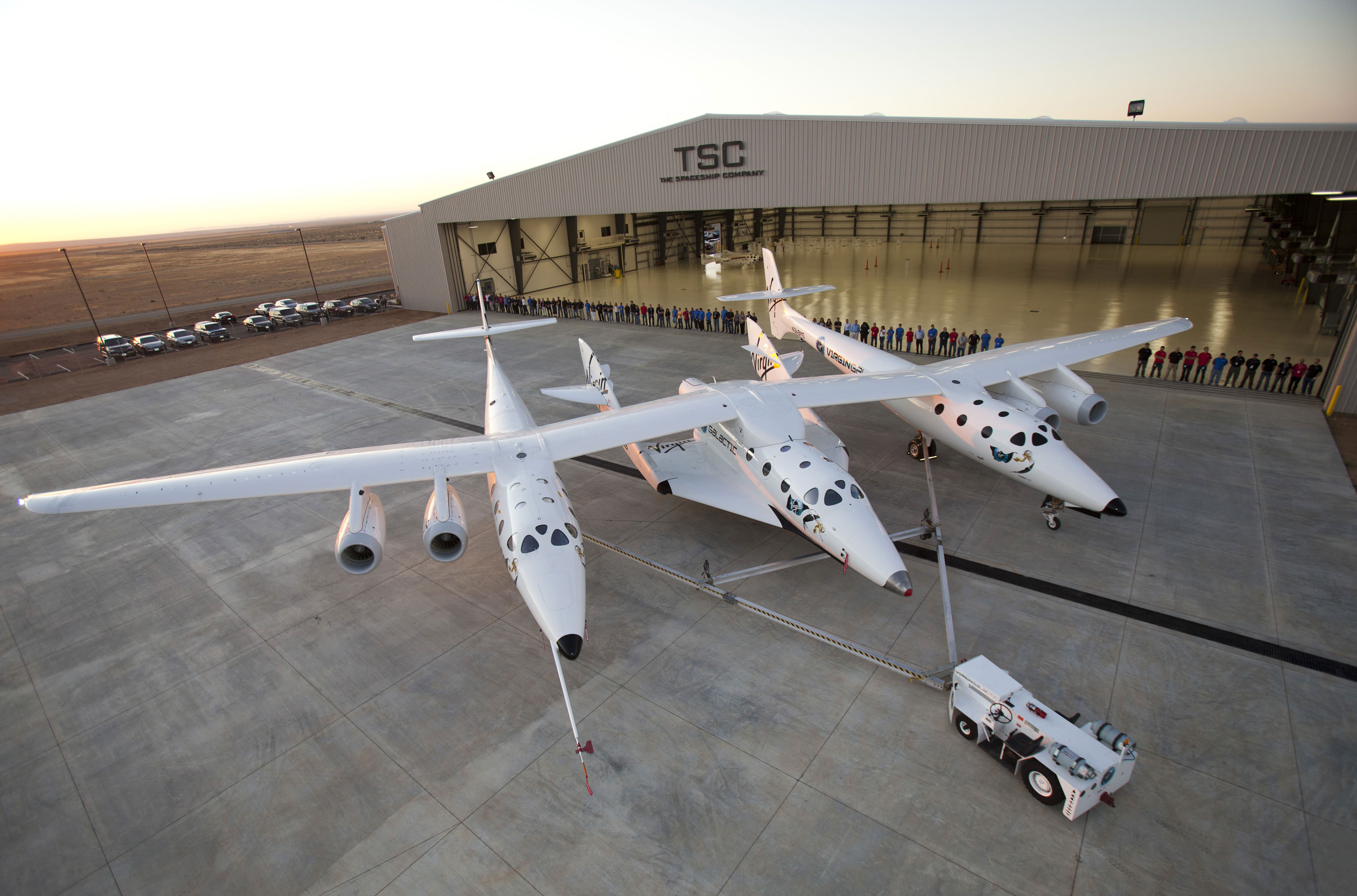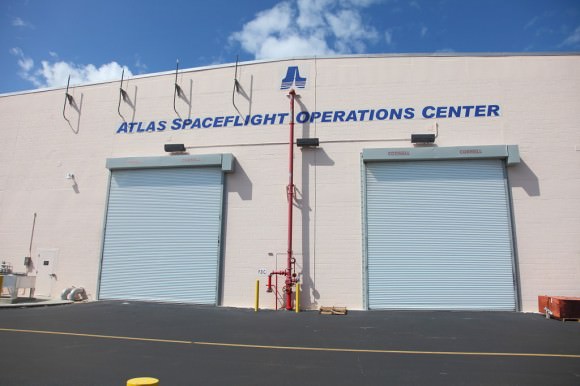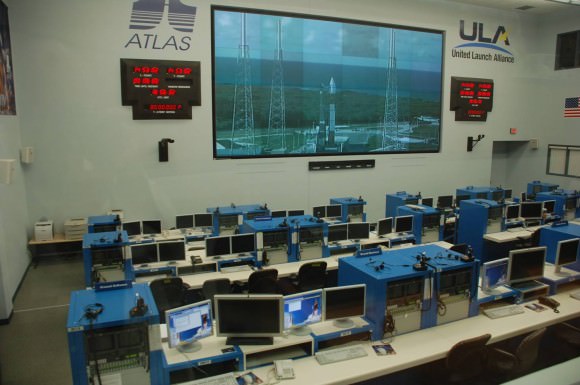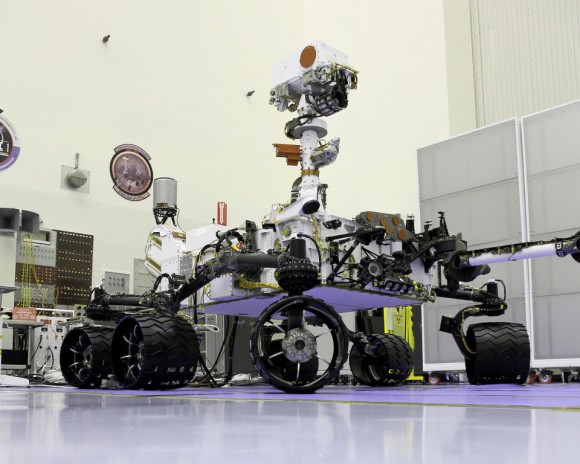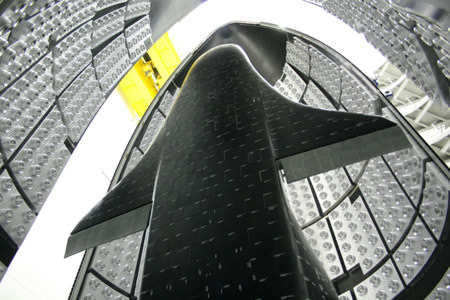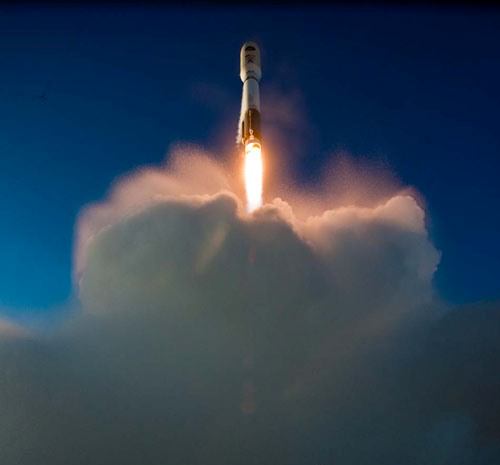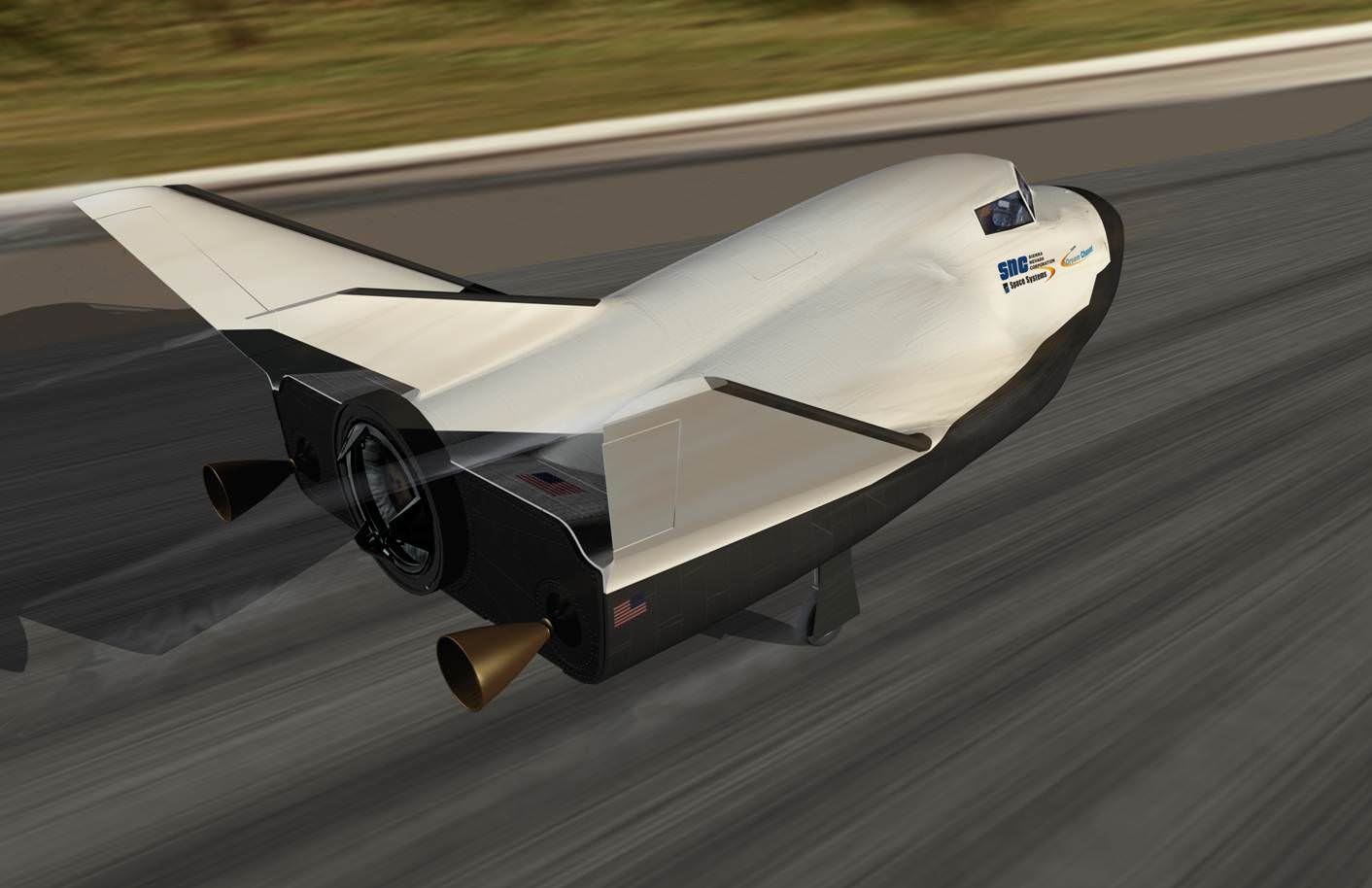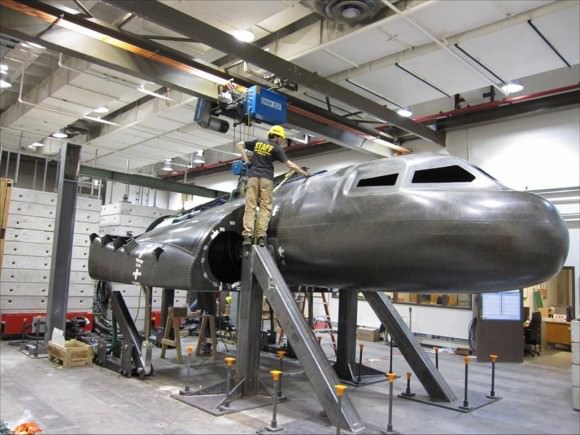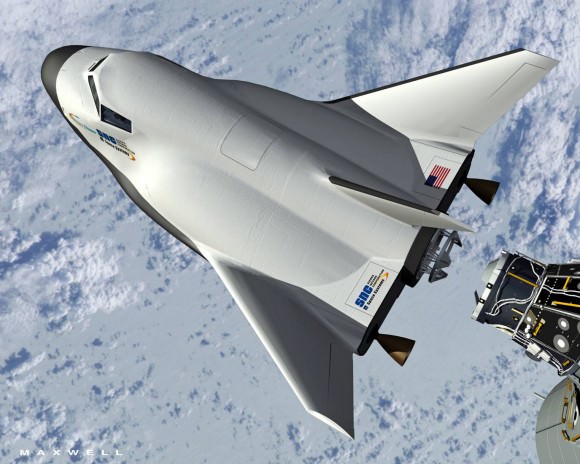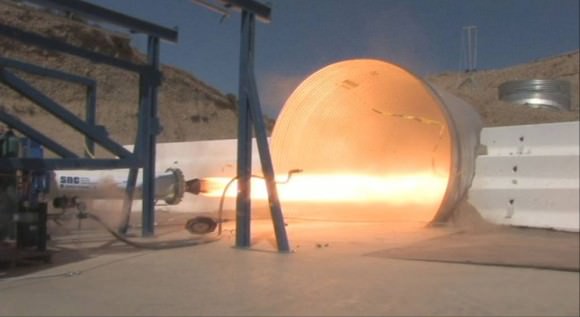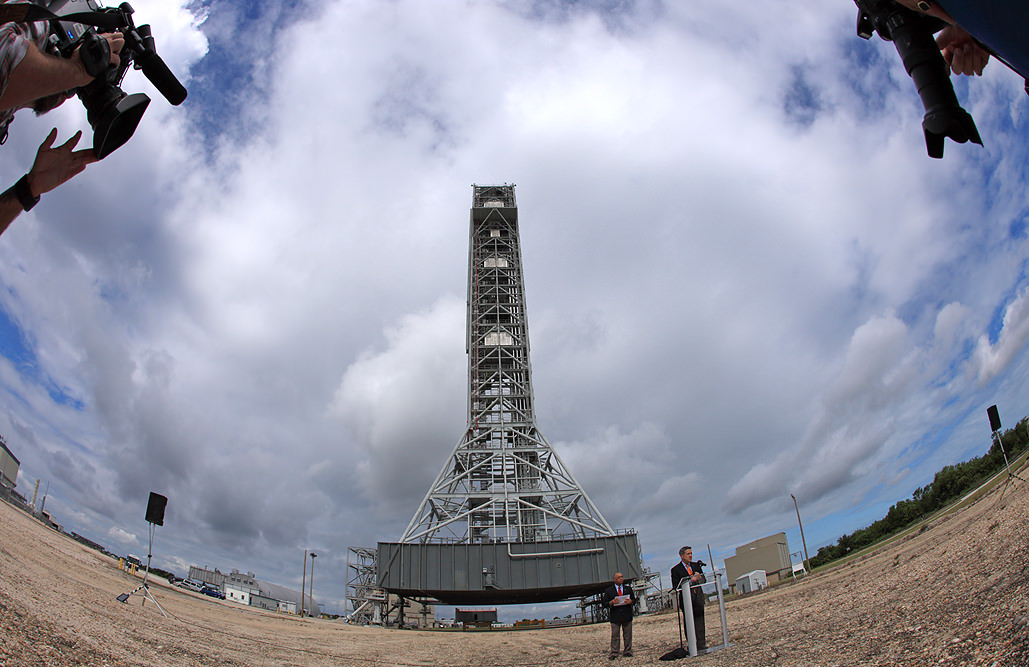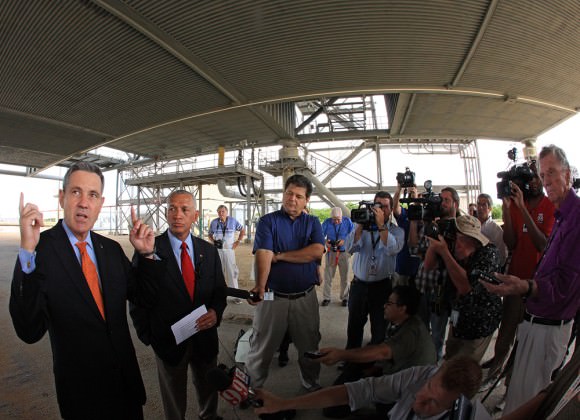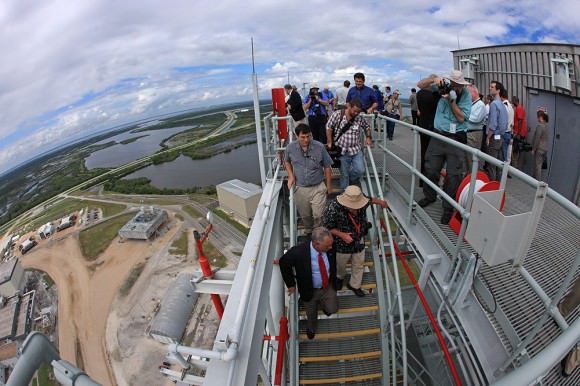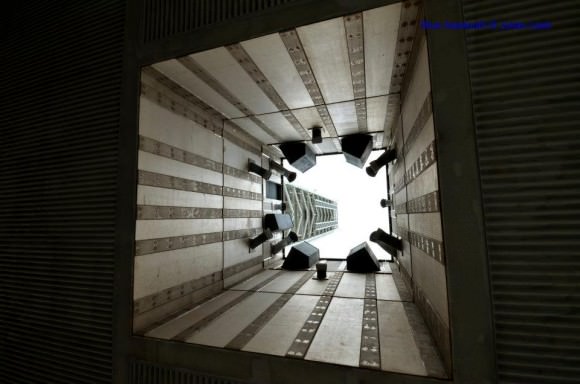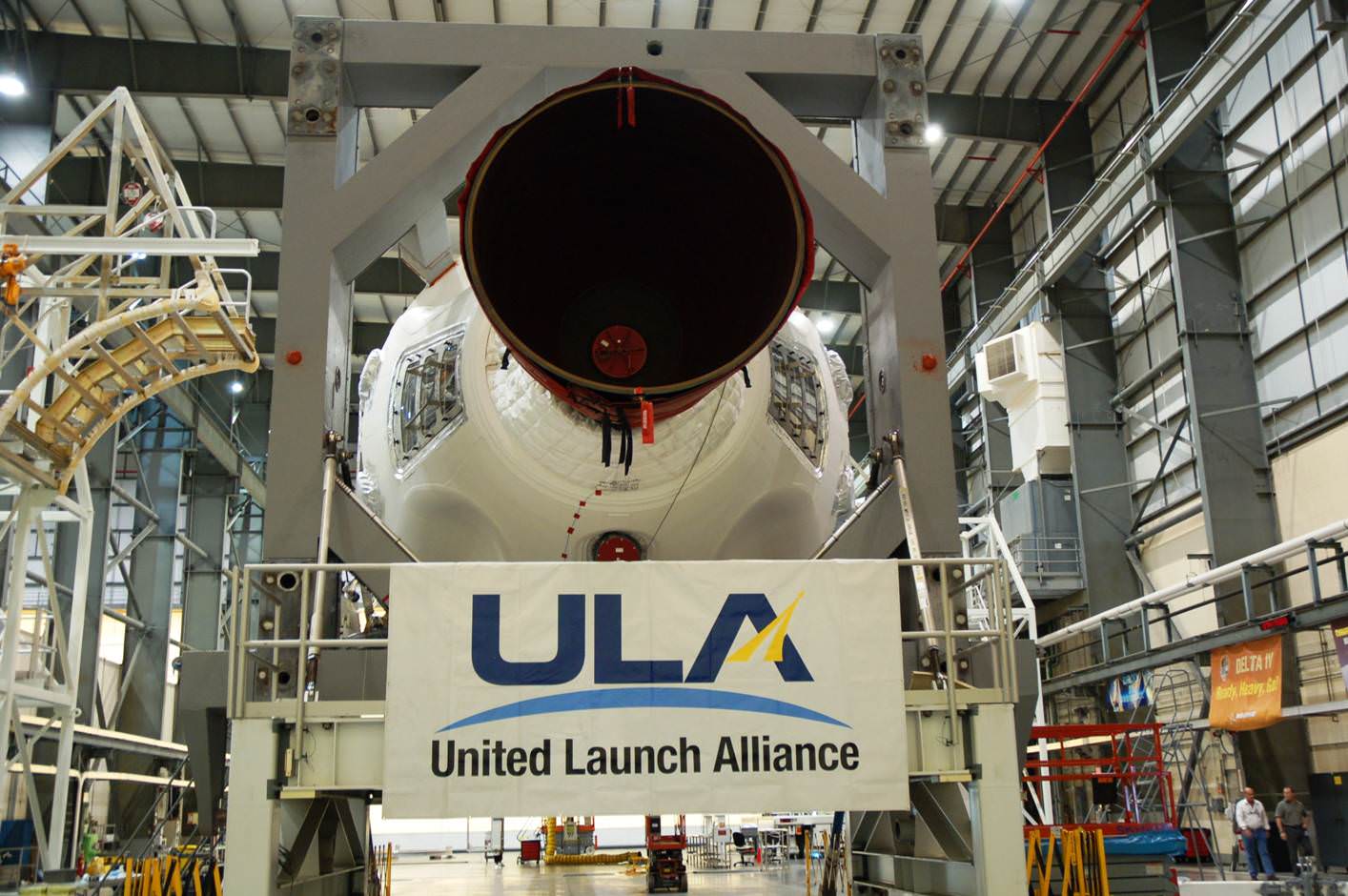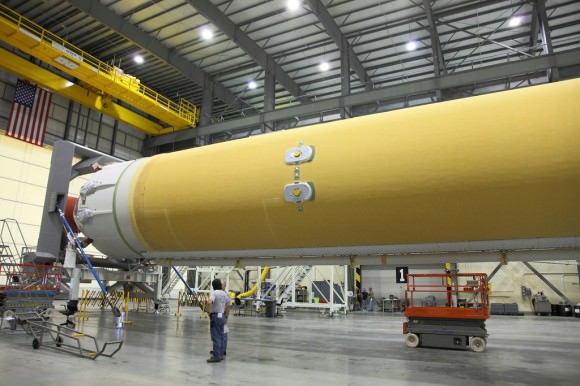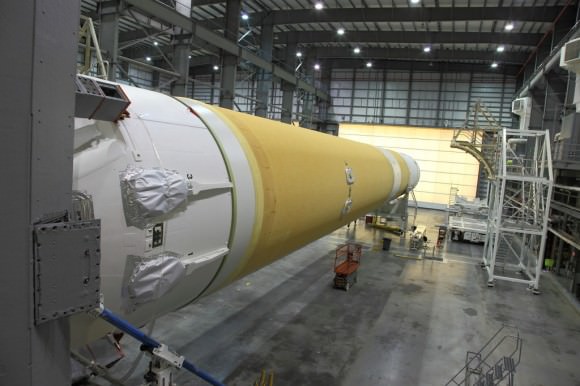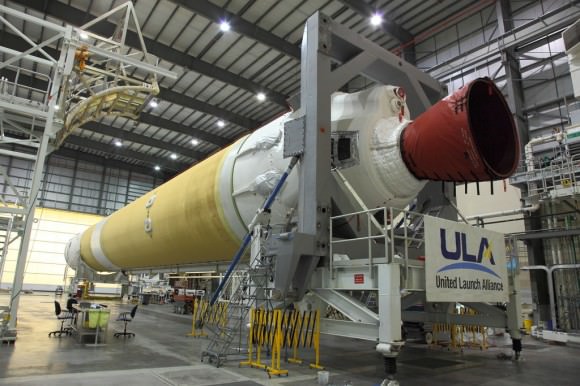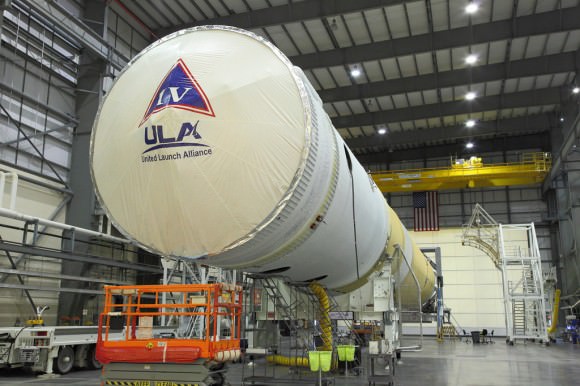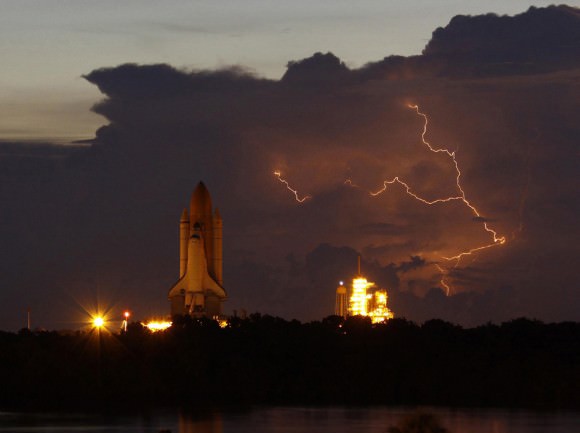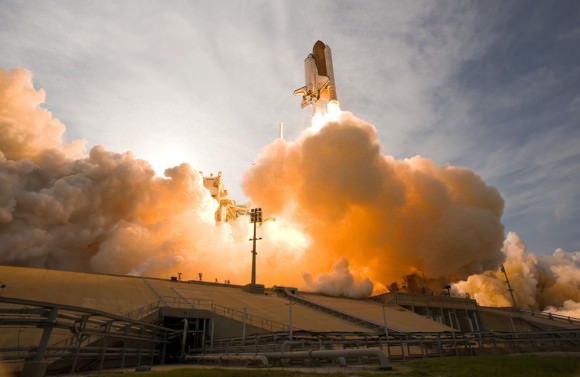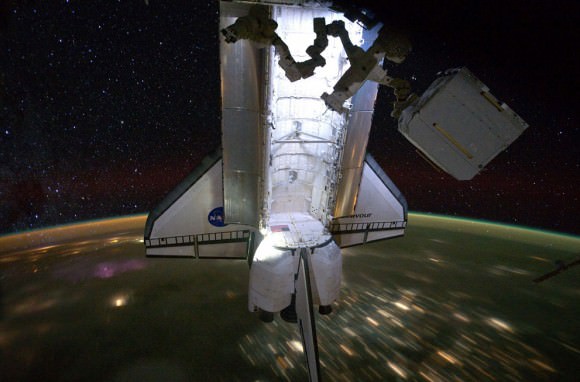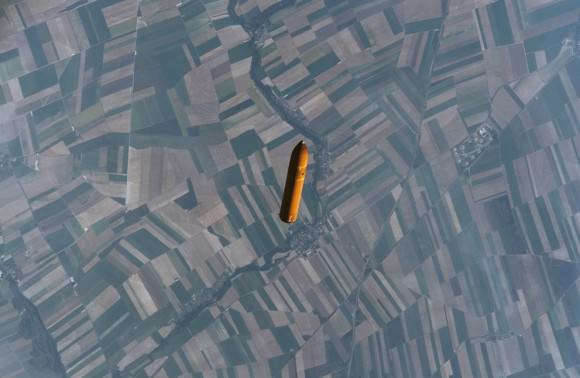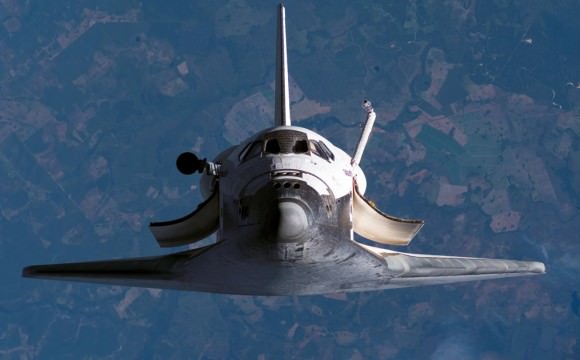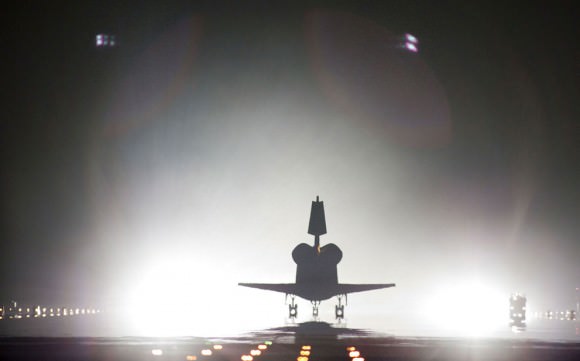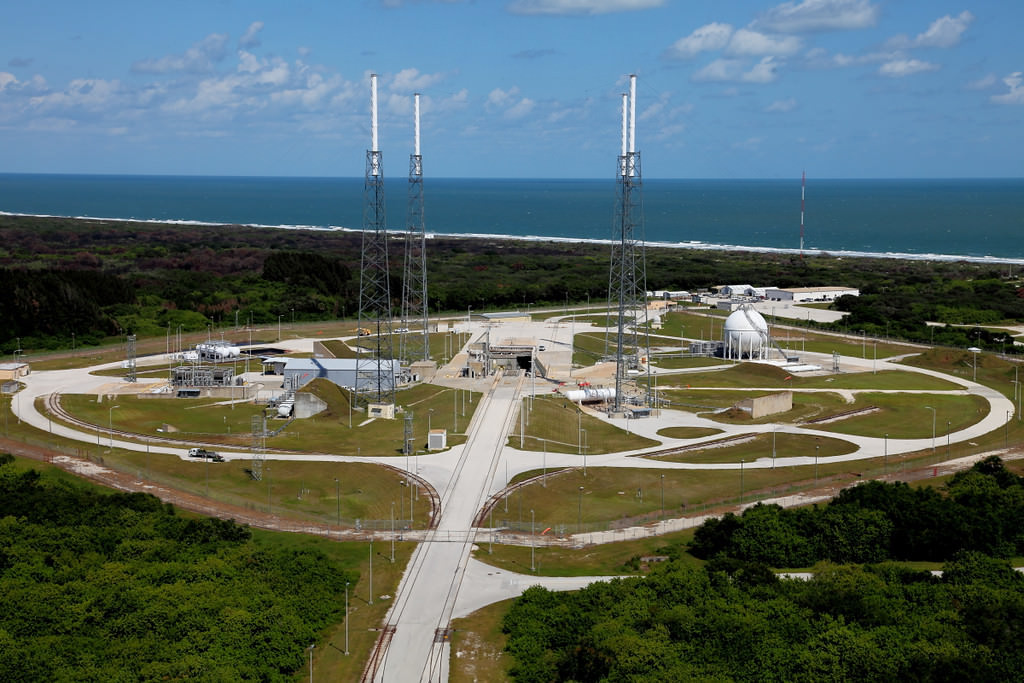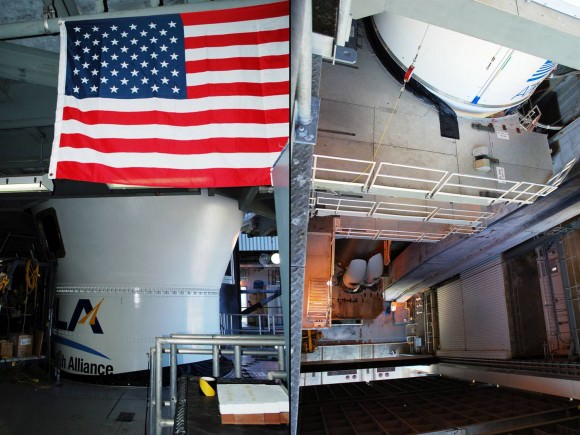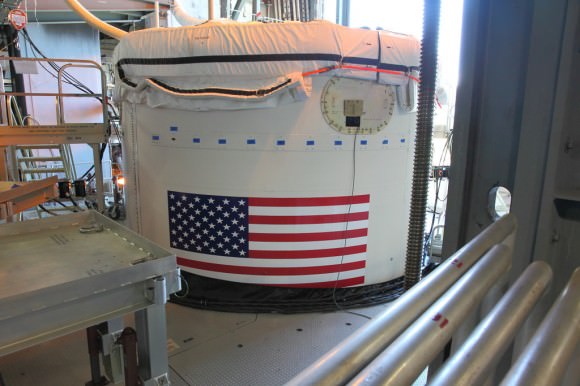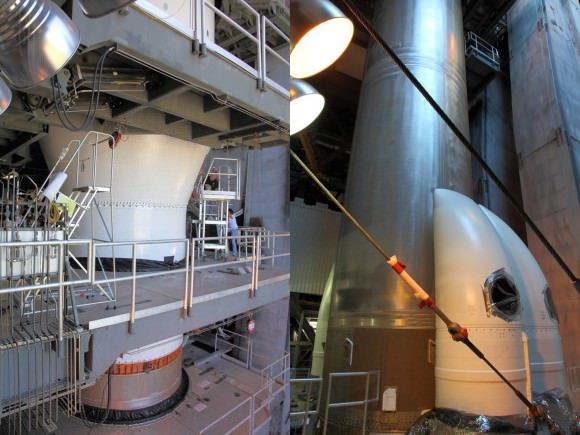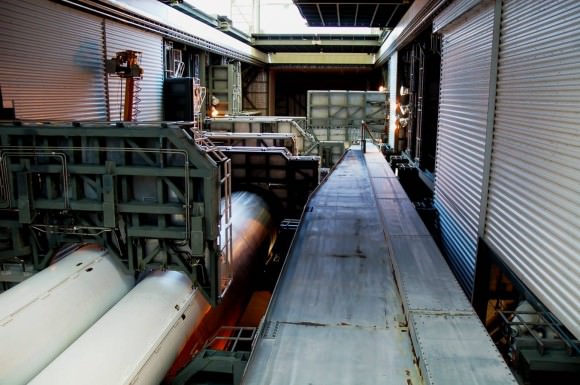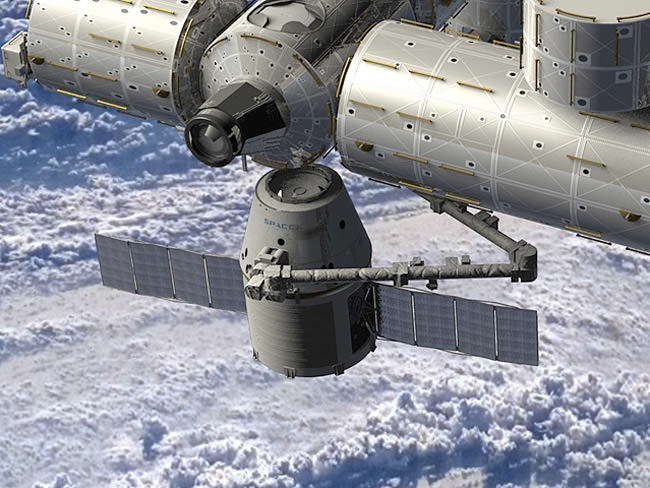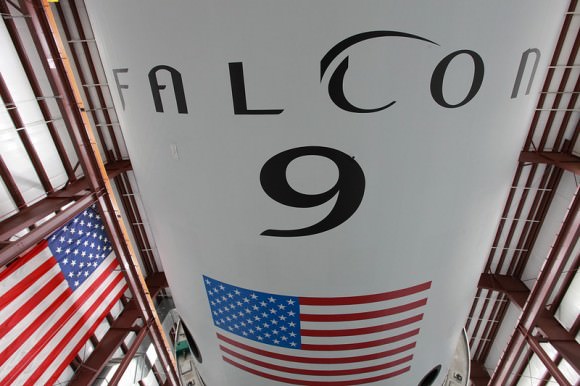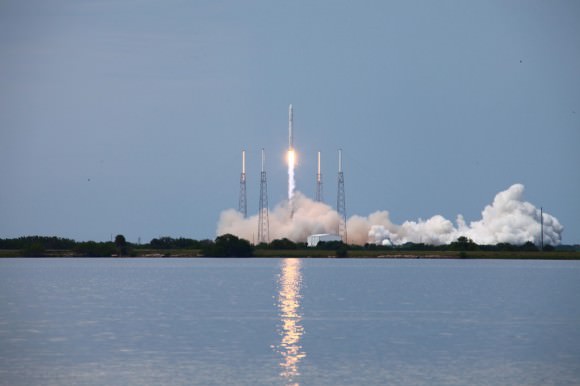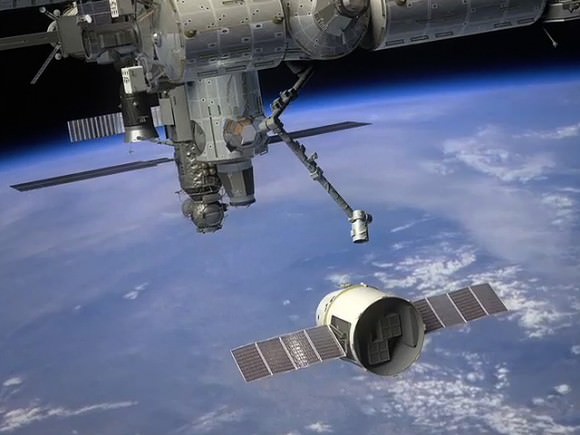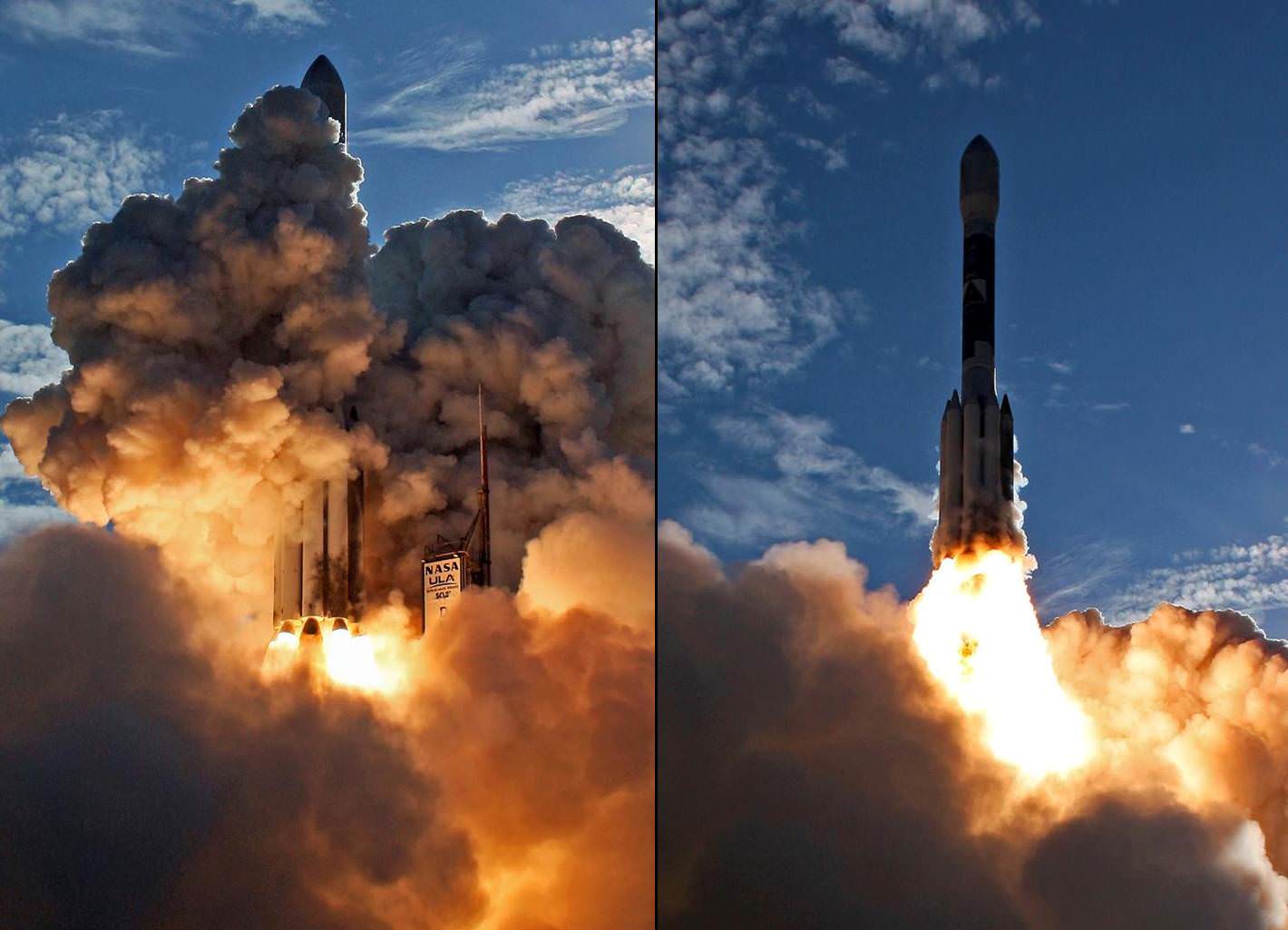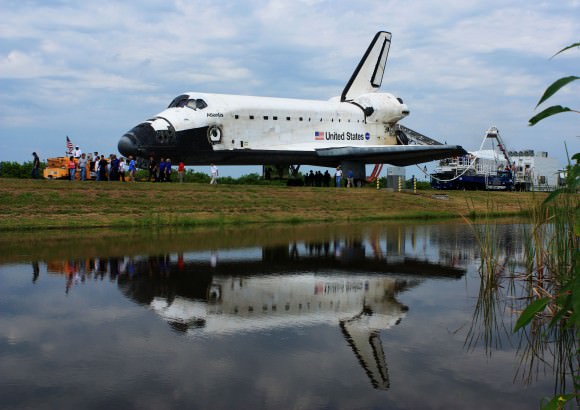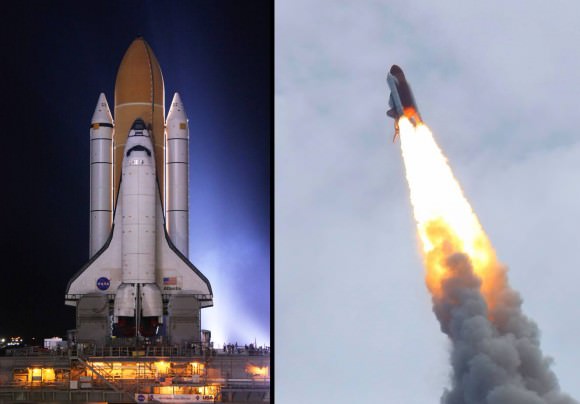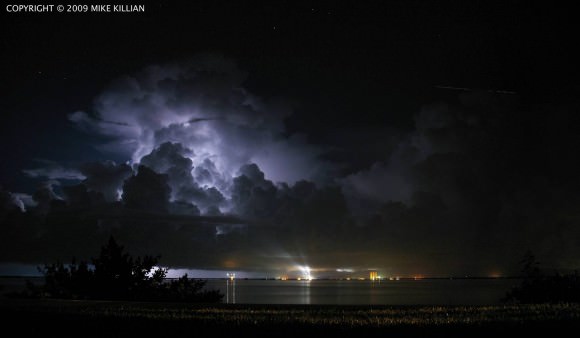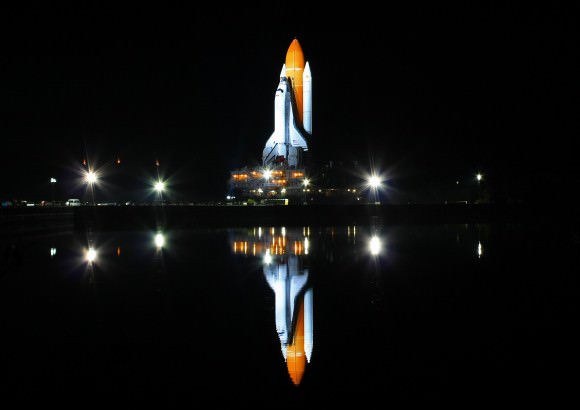[/caption]
NASA has, on a number of occasions tapped the NewSpace firm Virgin Galactic to help the space agency accomplish its objectives – recently, it has done so again. This new contract will see NASA science payloads take suborbital flights on the company’s SpaceShipTwo (SS2) spacecraft. This however is not the first time that NASA has entered into an arrangement with the emerging commercial space flight firm.
NASA first began working with Virgin Galactic in 2007, when it entered into a Memorandum of Understanding to explore possible collaborative efforts to develop various equipment required to conduct space flight operations (space suits, heat shields, and other space flight elements).
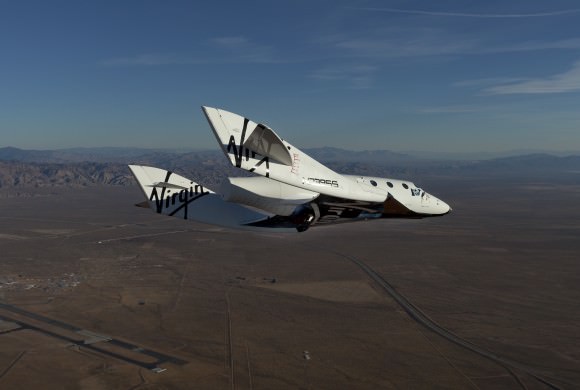
Earlier this year, NASA selected seven different firms that either had or were developing suborbital spacecraft – one of these was Virgin Galactic. The announcement that was made Thursday, Oct. 13 is actually the culmination of the Flight Opportunities Program, which was announced on Aug. 9 of this year and established to help NASA meet its technology and research development requirements.
The agreement to fly NASA payloads on SS2 was announced about a week after former NASA Shuttle Program Manager; Mike Moses stated he was leaving the space agency to work as Virgin Galactic’s vice president of operations. Moses will be in charge of all operations at Spaceport America, located near Las Cruces, New Mexico.
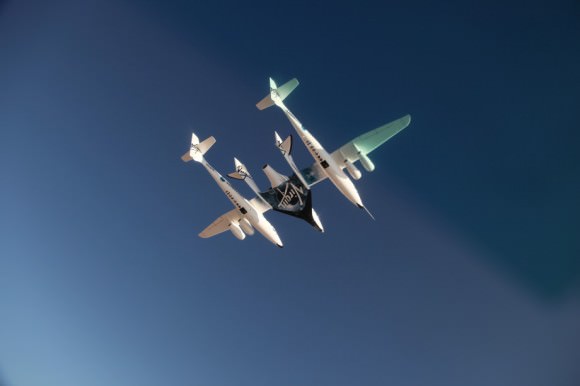
“I’ve known Mike for a long time, from his flight controller days which led to him becoming a flight director and then moving into the shuttle program,” said Kyle Herring, a NASA public affairs officer. “I think he would be a very valuable asset to any organization that he went to. Mike’s expertise will be very beneficial in not just mission operations but ground operations as well.”
The NASA contract with Virgin Galactic is for one flight with the space agency optioning two additional flights (for a potential of three flights total). If NASA options all three flights, the total contract would be worth an estimated $4.5 million. The announcement came just four days prior to the dedication ceremony for the spaceport’s new headquarters (the dedication was on Monday, Oct. 17).
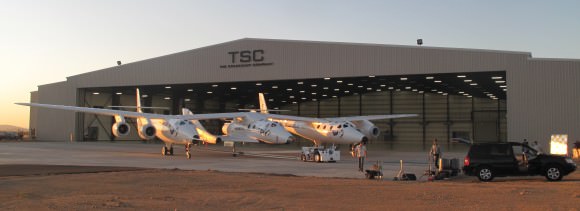
Each of these suborbital missions will have a trained engineer on board to handle the experiments.
Virgin Galactic is an arm of the London-based Virgin Group which is owned by British billionaire Sir Richard Branson. Virgin Galactic is working to provide tourists with suborbital flights into space that will allow these space passengers to briefly experience the micro-gravity environment. The flights will launch from a spaceport which is currently under construction near Las Cruces New Mexico. Tickets have been priced at about $200,000 each.
